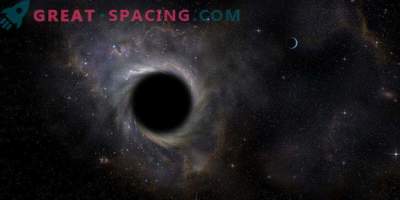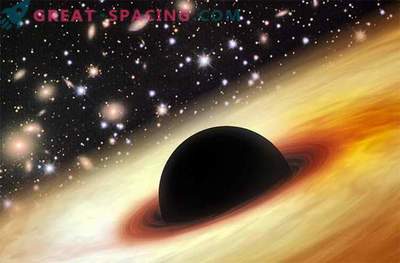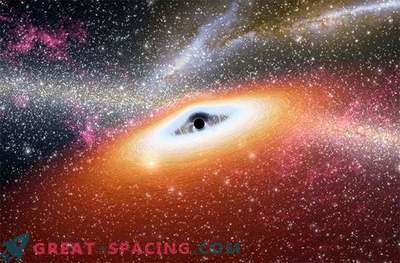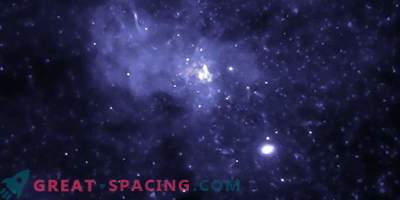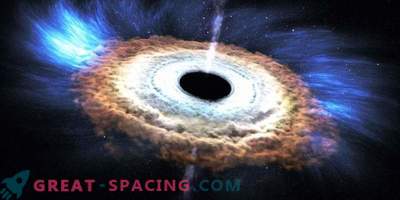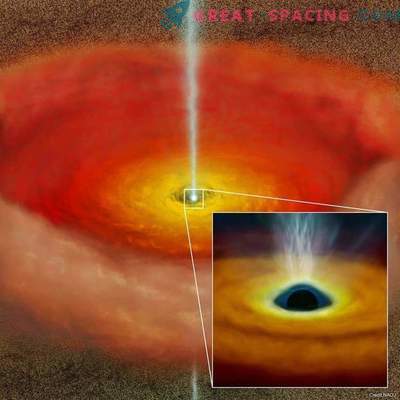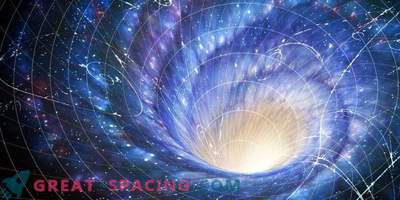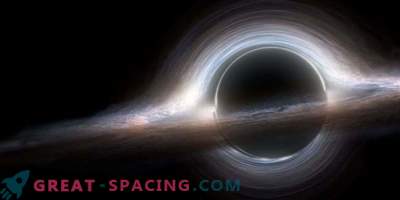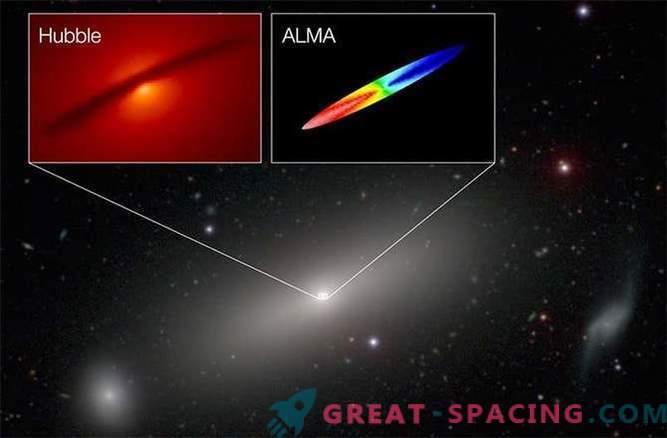
Astronomers, using the speed of rotation of an accretion disk, measured the mass of a black hole, which was 660 million times more massive than the Sun.
Although we know that black holes are big, but how do astronomers measure their mass? We can't just get in there and weigh them. Fortunately, astronomers have many clever ways to measure the mass of objects in the universe, and black holes are no exception.
Using the largest and most powerful observatory on the planet, astronomers could see in detail the central part of an elliptical galaxy called NGC 1332, which is located about 75 million light-years from us, to get a detailed picture of swirling gases around a central supermassive black hole. Despite the fact that most of the known galaxies have huge black holes in their cores, the black hole in the center of NGC 1332 is 660 million times more massive than our Sun.
The Atakam Big millimeter / submillimeter grid (ALMA) in Chile was used to achieve this high accuracy, but it did not look at the black hole directly, it followed the furious barrage of galactic gases stuck inside the deep hole of the black hole.
"In order to calculate the mass of a black hole in the center of the galaxy, we need to measure the speed of something rotating around it," said Aaron Barth of the University of Irvine in California and lead author of a study published in the Astrophysical Journal. "For an accurate measurement, we must examine in detail the very center of the galaxy, where the gravitational pull of a black hole is the dominant force." "ALMA is a fantastic new tool for making these observations."
We all know that black holes are black. Their mass has such a huge gravitational pull that nothing, not even light, can escape a gravitational trap. Since we cannot see them, astronomers can detect the presence of black holes using other, indirect means. One way is to measure hot gas emissions trapped by the black hole accretion disk. Another way: to observe how the mass of a black hole deforms space-time, bending the light around it.
In the case of NGC 1332, it is possible to consider a cold molecular gas that is in close proximity to a black hole. Knowing the distance of the gas cloud from the black hole, with the help of ALMA you can measure the mass of the black hole with great accuracy. She is truly monstrous.
In this galaxy, gas is flattened into a huge disk that revolves around a black hole with a radius of 800 light years. For comparison, the distance from our solar system to the nearest star system Alpha Centauri is a little over 4 light years. The radius of this colossal structure is 200 times wider. At visible wavelengths, this disk cannot be fully seen and looks like a silhouette against the background of densely packed stars. However, ALMA scans space in the radio band, and since the cold gas disk generates radio emission, it allows astronomers to distinguish between “small” structures, just 15 light years, inside the disk. This amazing measurement accuracy made it possible to see the “sphere of influence” of a black hole within 80 light-years from the center. Gases in this region rotate at a speed of more than 300 miles per second.
Previous black hole mass measurements were based on observations of visible light from ionized gas in hot accretion disks. Although observatories such as the Hubble Space Telescope can calculate the mass of black holes, these hot accretion disks are inherently turbulent. This adds a greater degree of uncertainty in visible measurements of light.
But emissions from cold molecular gas (in this case, carbon monoxide or CO emissions) in expanded disks come from much calmer conditions, giving astronomers unprecedented accuracy to measure.



